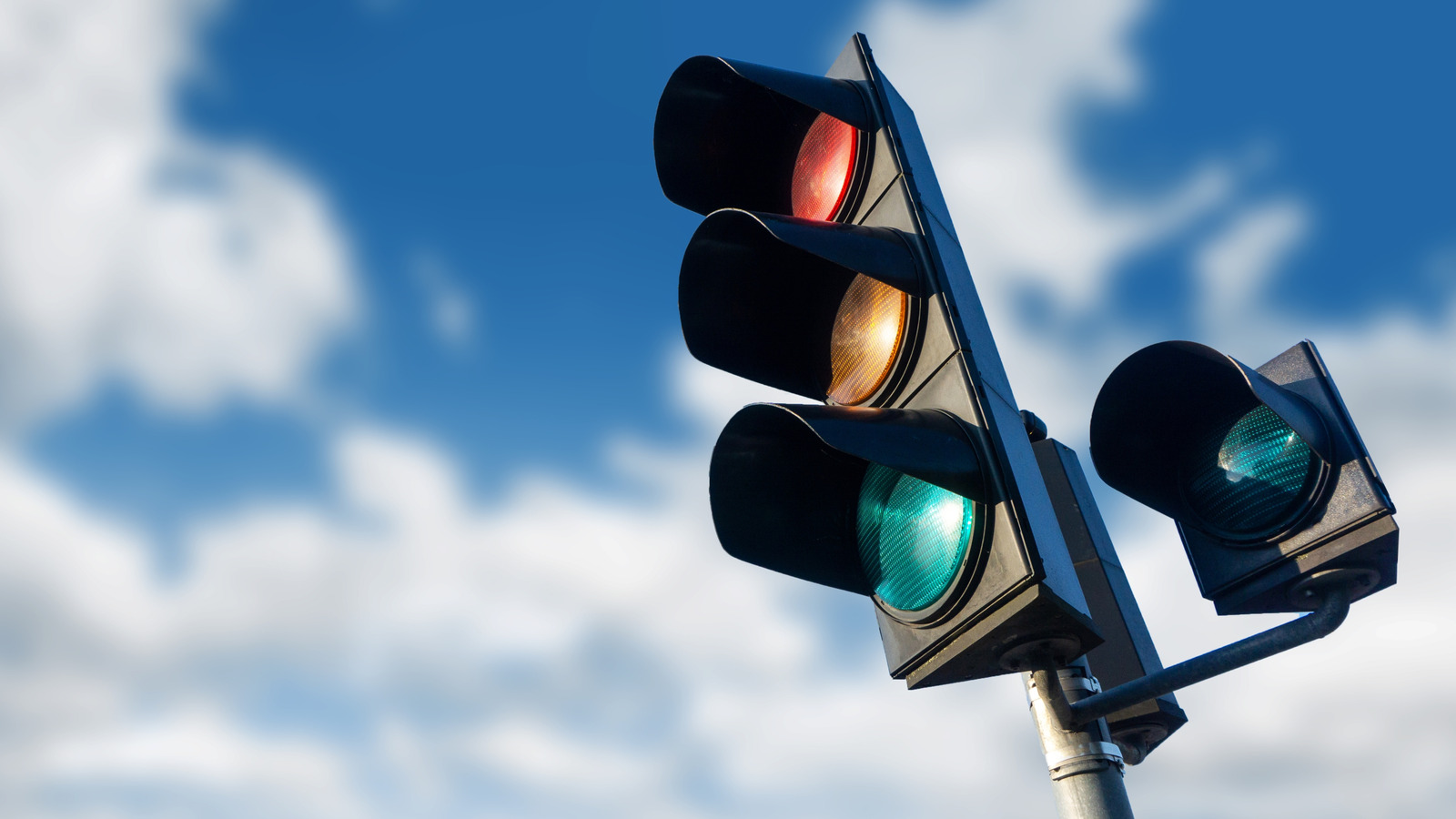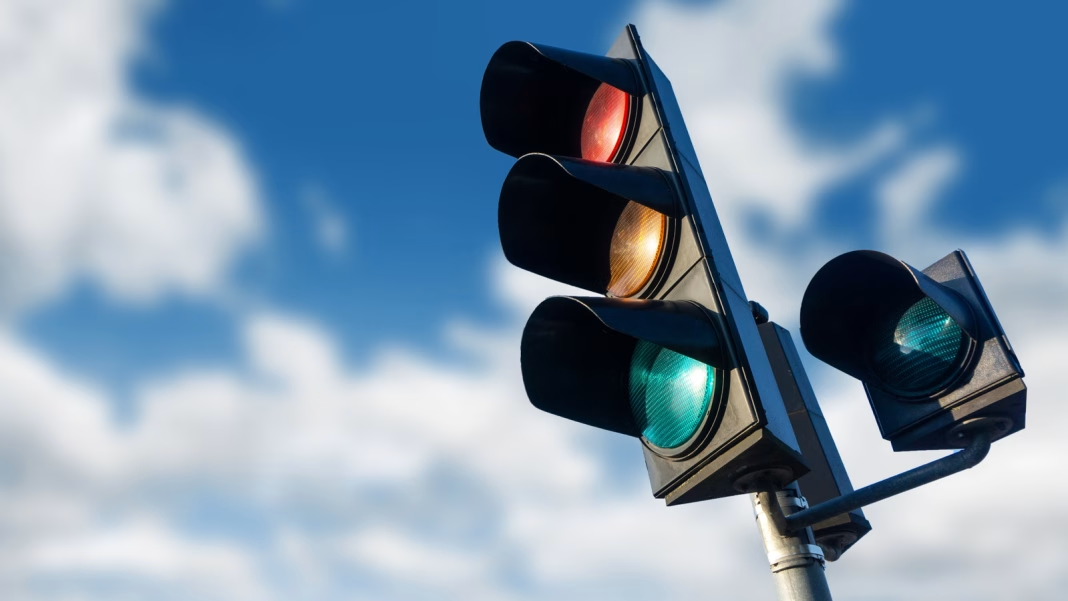Why Are There Blue Lights on Some Florida Traffic Signals?
If you’ve driven through certain intersections in Florida lately, you might have caught a glimpse of something odd: small blue lights mounted near traffic signals. Maybe you did a double-take, wondering if it was a camera, a sensor, or just a quirky design choice. You’re not alone—most drivers are stumped by these mysterious blue beacons. So what’s really going on?
What Do the Blue Lights Actually Do?
Let’s clear up the confusion. Those blue lights aren’t there for decoration, and they’re not a new kind of traffic camera. Instead, they serve a very practical purpose: helping law enforcement catch red-light runners more effectively. Here’s how it works. When the traffic signal turns red, the blue light switches on at the same moment. This makes it easy for police officers—especially those waiting off to the side or behind the intersection—to instantly see when someone blows through a red light, even if their view of the main signal is blocked.
It’s a clever workaround. Traditional enforcement often relies on officers having a direct line of sight to the traffic light, which isn’t always possible due to trees, trucks, or the layout of the intersection. The blue light is visible from multiple angles, so officers can spot violations from almost anywhere nearby.
Why Blue? Isn’t That Confusing?
You might wonder why blue was chosen instead of, say, another red or yellow light. The answer is all about visibility and clarity. Blue is rarely used in standard traffic signals, so it stands out immediately to anyone who knows what to look for. Plus, blue light is less likely to be confused with the regular red, yellow, or green signals drivers are trained to follow.
According to the Florida Department of Transportation, blue lights were selected specifically because they’re highly visible in daylight and at night, and they don’t blend in with other traffic control devices. Other states, like North Carolina and Tennessee, have also started experimenting with blue lights for similar reasons.
Are These Blue Lights Legal Everywhere?
Not every state allows these blue lights, and their use is still relatively new. In Florida, several cities—including Orlando, Tampa, and Fort Lauderdale—have installed them at high-risk intersections as part of broader efforts to reduce traffic accidents and improve enforcement. Local ordinances and state laws determine where and how they can be used, so you won’t see them at every intersection just yet.
Elsewhere, the rollout is more limited. Some states are piloting blue lights, while others are studying their effectiveness before making a decision. The key point: these lights are not meant to replace red-light cameras or traditional policing, but to supplement them.
Do Blue Lights Actually Reduce Red-Light Running?
You’re probably wondering if these blue lights make a real difference. Early data suggests they do. A 2022 study by the Insurance Institute for Highway Safety found that intersections equipped with blue lights saw a measurable drop in red-light violations—sometimes by as much as 20 percent in the first year. Officers report that the lights make it much easier to enforce the law, which in turn encourages safer driving.
There’s also a psychological effect. Once word gets out about the blue lights, drivers tend to think twice before risking a late dash through a yellow light. It’s a little like the “dummy cop car” effect—just knowing enforcement is easier can change behavior.
Are There Privacy or Safety Concerns?
Some drivers have voiced concerns about privacy, worried that the blue lights might be linked to surveillance or automated ticketing. In reality, these lights don’t record or monitor anything. They’re simply indicators—think of them as a visual cue for officers, not a tool for tracking drivers.
As for safety, the blue lights are designed to be unobtrusive. They don’t flash or distract drivers, and they’re positioned so as not to interfere with normal traffic signals. The goal is to enhance enforcement without creating confusion or additional hazards.
Will We See More Blue Lights in the Future?
Given their early success, it’s likely that blue lights will become more common in Florida and possibly beyond. Transportation officials are keeping a close eye on accident rates and driver feedback. If the trend continues—fewer violations, safer intersections—you can expect to see more of these little blue helpers popping up.
Other states are watching Florida’s experiment closely. If the data keeps trending positive, blue lights could become a standard tool in the fight against dangerous driving.
What Should Drivers Do When They See a Blue Light?
If you spot a blue light near a traffic signal, take it as a gentle reminder: red means stop, and enforcement is close at hand. There’s no special action required—just follow the rules of the road. And if you’re curious, you can always ask a local officer or check your city’s transportation website for more details.
The big takeaway? Blue lights on traffic signals aren’t about perfection—they’re about smarter adjustments. Start with one change this week: approach intersections with a little more caution. You’ll likely spot the difference by month’s end—not just in your own driving, but in the behavior of everyone around you.


